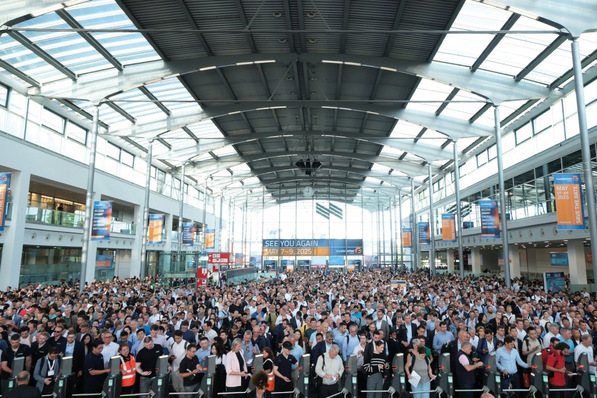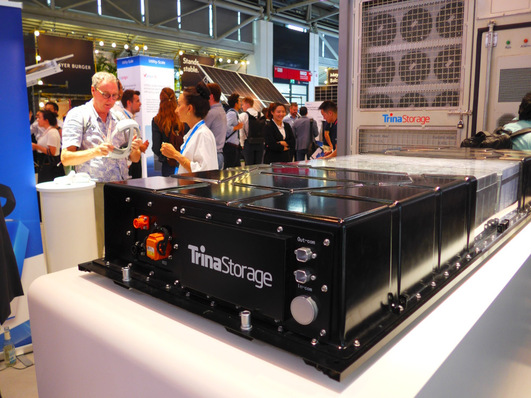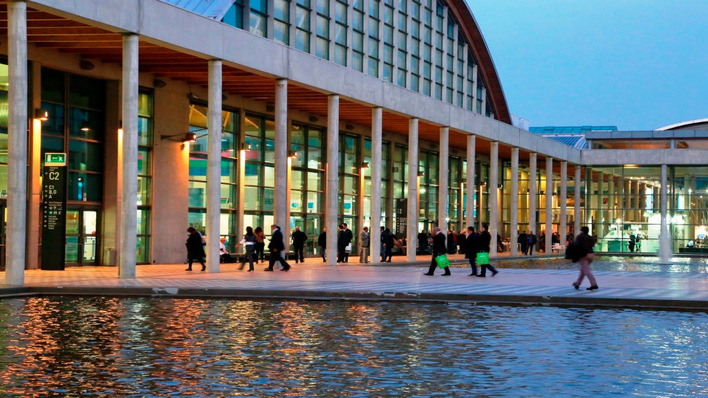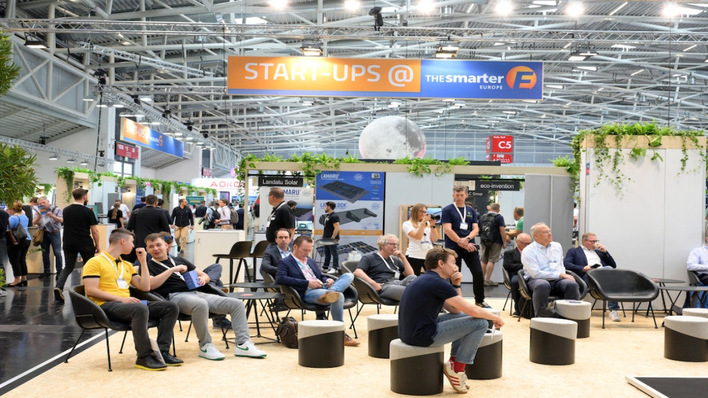The energy transition towards a sustainable, emission-free supply is an ecological, political and economic challenge that requires innovative technologies. Artificial intelligence (AI) is now regarded as a key technology in this context: by analyzing complex data volumes in real time, it opens up new opportunities to accelerate the global transition to a carbon-neutral energy supply. Particularly in the areas of renewable energy generation, system control and efficiency optimization, AI is making a decisive contribution to achieving climate targets and transforming the energy sector.
Also see: The tech advantage in solar – lessons from projetsolaire’s growth and Aurora Solar partnership
Renewable energies, which are increasingly being recognized as a cornerstone of the energy mix, are undergoing a comprehensive transformation with the integration of AI. For companies in the energy sector, the use of artificial intelligence (AI) offers a significant opportunity to position themselves successfully in an increasingly dynamic and competitive market. The use of AI is helping to implement innovative business models that give private individuals and companies access to customized energy solutions and allow various renewable energy sources to be used in an efficiently coordinated manner.
Some specific fields of application in which AI is already being used successfully today illustrate the potential of the technology:
Improving the performance of solar modules
Solar modules also benefit from AI, as it can analyze radiation and light conditions. Based on these predictions, the position of the modules is adjusted so that the maximum amount of sunlight is captured.
Predicting the energy demand
Predicting energy demand is an essential task for energy suppliers that will be taken to a new level through the use of AI. AI algorithms analyze historical data, weather patterns and other relevant factors to accurately predict demand trends. These analyses enable energy companies to better manage energy supply and balance out fluctuations, which both improves grid stability and reduces energy supply costs.
Optimizing energy storage
A key challenge of green energy generation is efficient storage and demand-based availability. AI optimizes energy storage systems by analyzing when energy needs to be stored and when it needs to be released in order to best meet demand.
Optimization of wind turbines
Wind turbines are complex systems whose efficiency depends largely on wind conditions. With the help of AI, algorithms can be developed that precisely predict wind patterns and make it possible to dynamically adjust the angle and rotational speed of the rotor blades. This leads to an optimized energy yield and reduces wear, which lowers maintenance costs.
Watch now: PV Guided Tours – Sven Albersmeier-Braun of Sigenergy: AI in energy management
Green energy companies such as PLAN-B NET ZERO have the opportunity to combine a wide range of AI applications in the use and expansion of renewable energies, thereby optimizing the offer for customers. A concrete exampe is “Energy as a Service” solutions, in the management and use of which AI offers considerable advantages: The company installs photovoltaic systems, storage solutions, heat pumps and wallboxes on leased land and controls everything centrally using its self-developed, AI-based software Zentara. This technology ensures that energy production and consumption are optimally coordinated, that surplus energy is stored and only discharged when it is needed, and that the entire system works in a more resource-efficient and economical way.
AI as a driver of a sustainable energy industry
With the effects of climate change becoming ever more apparent, politicians and industry are under increasing pressure to accelerate the transition to a low-carbon global energy system. Digital technologies - above all artificial intelligence - are driving this change. The ability of AI to process huge amounts of data and derive actionable information from it helps to realize efficiency gains and reduce the costs of the energy transition.
See also: Data center boom undermines Microsoft's climate goals
Nevertheless, the successful implementation of the energy transition will require further investment in research and development in addition to the integration of AI. This is the only way that the energy supply can be converted to a sustainable, emission-free energy system in time. (Bradley Mundt/hcn)








